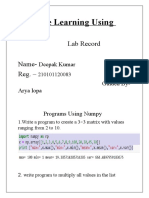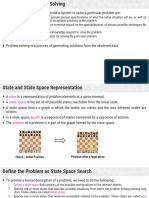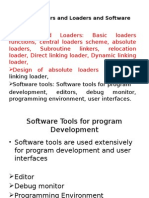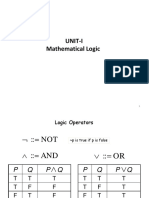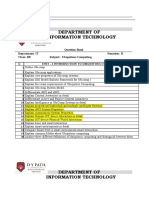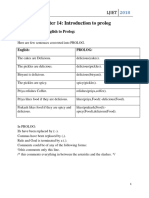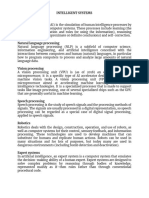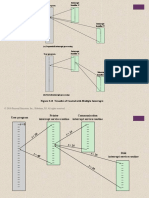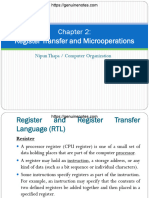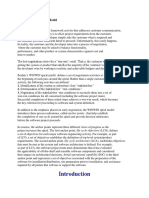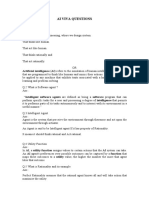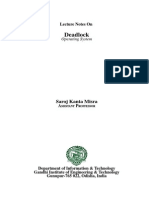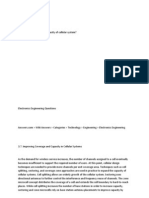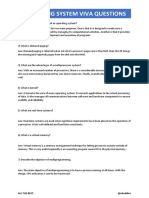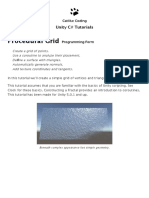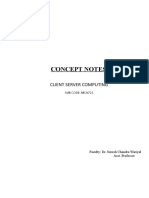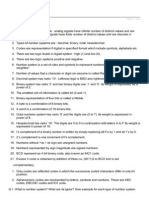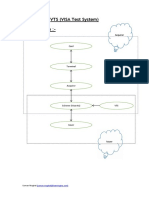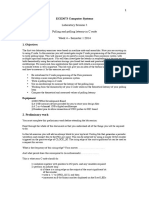0% found this document useful (0 votes)
671 views27 pagesProduction Systems
This document discusses production systems and issues in designing search programs. It defines production systems as structures that facilitate search and problem solving processes. A production system consists of rules, databases, and control strategies. Issues in design include redundancy leading to locked states, proper matching, dynamic node representation, and ensuring search termination. Graph searches are useful for problems where the order of operations does not matter. Overall, techniques developed for toy problems form the core of systems that solve important real-world problems.
Uploaded by
nikhilCopyright
© © All Rights Reserved
We take content rights seriously. If you suspect this is your content, claim it here.
Available Formats
Download as PPTX, PDF, TXT or read online on Scribd
0% found this document useful (0 votes)
671 views27 pagesProduction Systems
This document discusses production systems and issues in designing search programs. It defines production systems as structures that facilitate search and problem solving processes. A production system consists of rules, databases, and control strategies. Issues in design include redundancy leading to locked states, proper matching, dynamic node representation, and ensuring search termination. Graph searches are useful for problems where the order of operations does not matter. Overall, techniques developed for toy problems form the core of systems that solve important real-world problems.
Uploaded by
nikhilCopyright
© © All Rights Reserved
We take content rights seriously. If you suspect this is your content, claim it here.
Available Formats
Download as PPTX, PDF, TXT or read online on Scribd
/ 27

